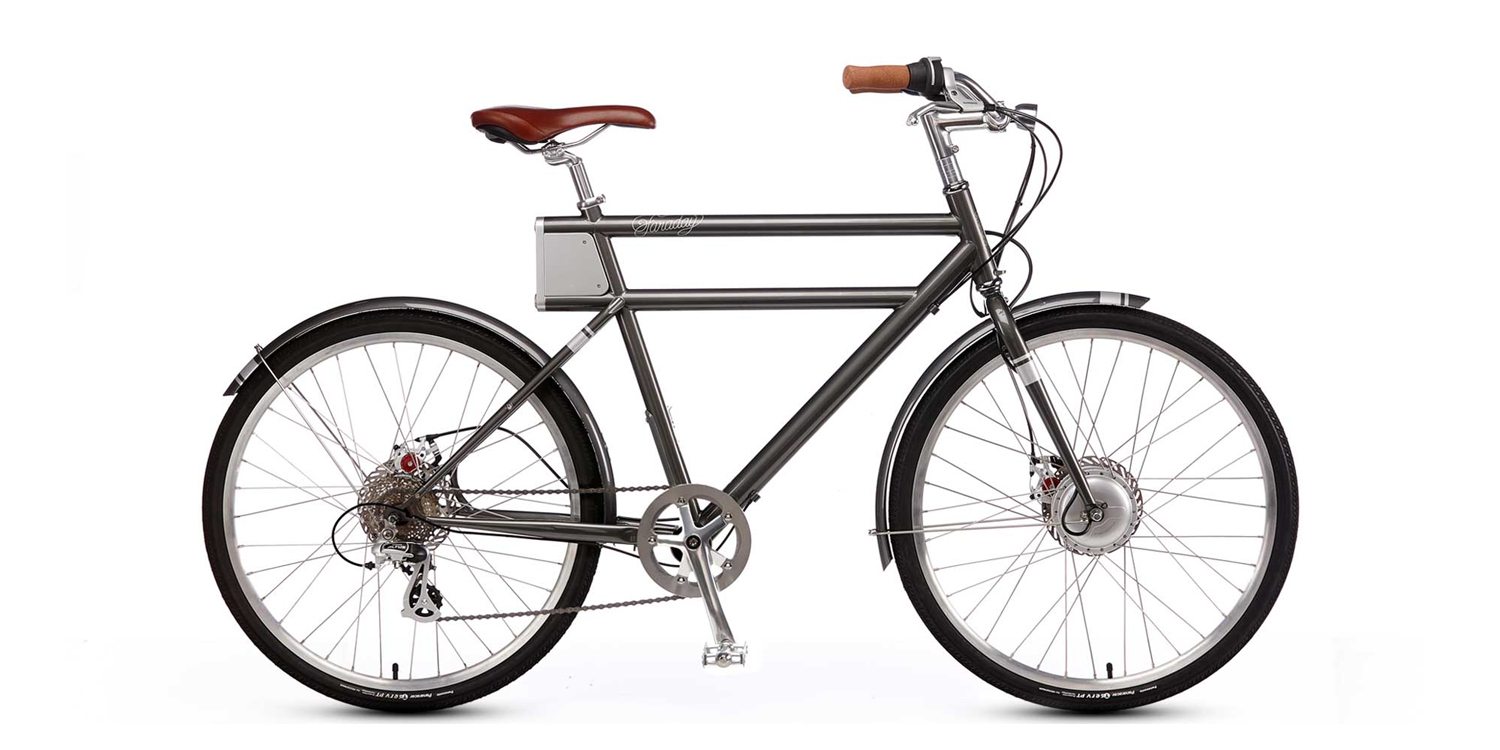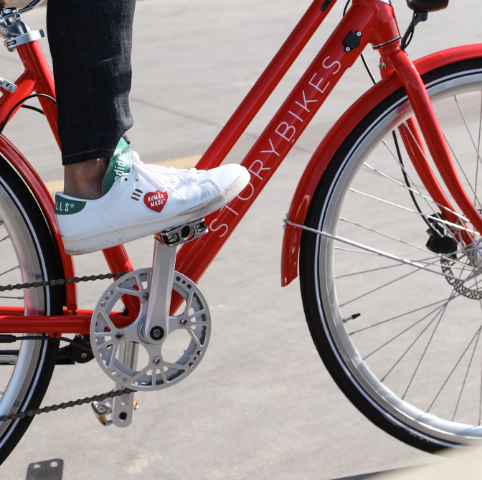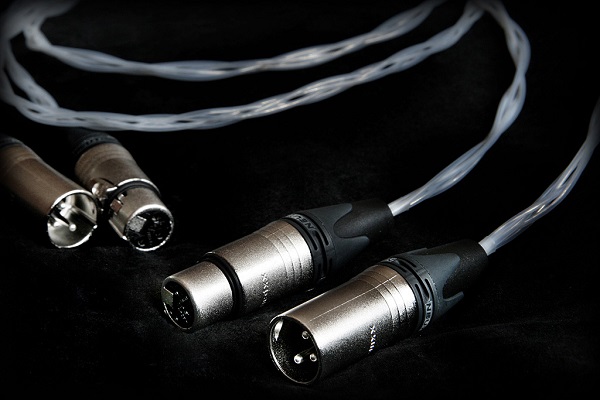Wiley
New Member
- Joined
- Sep 21, 2019
- Messages
- 73
I recently acquired a Faraday Porteur S with what I suspect is a dead battery. These bicycles were the result of a Kickstarter startup which went out of business few years ago. The original battery was built of 18650 cells and were internal to the down tube of the bicycle frame. Replacement batteries are no longer available. The bicycle has a 36 volt 250 Watt motor (a 8Fang Chinese built) on the front hub. These motors are commonly over driven to get more power. My "cunning plan" is to re power with three 12 volt LiFePo batteries each with 15Ah capacity. These would be wired in series to achieve the 36 plus voltage. These LiFePo batteries are quite small and would be contained in a small pack on the rear bicycle rack. The original range was listed as 15 miles when traversing small hills and 20 miles for flat land travel. That's with the 43 volt 5.3 Ah battery. By increasing the Ah I expect (hope) to dramatically increase the range. I want to use three 12 volt batteries in order to be able to charge them using a small dedicated solar array straight from panel to controller to these batteries rather than including a larger array with controller to battery bank to inverter to charger to these batteries.
I find several brands available with these small Ah rating (all of course, Chinese manufacture) and wonder if anyone here has experience with or can recommend a brand.
Also thoughts/suggestions welcomed. Thanks, Wiley
I find several brands available with these small Ah rating (all of course, Chinese manufacture) and wonder if anyone here has experience with or can recommend a brand.
Also thoughts/suggestions welcomed. Thanks, Wiley










